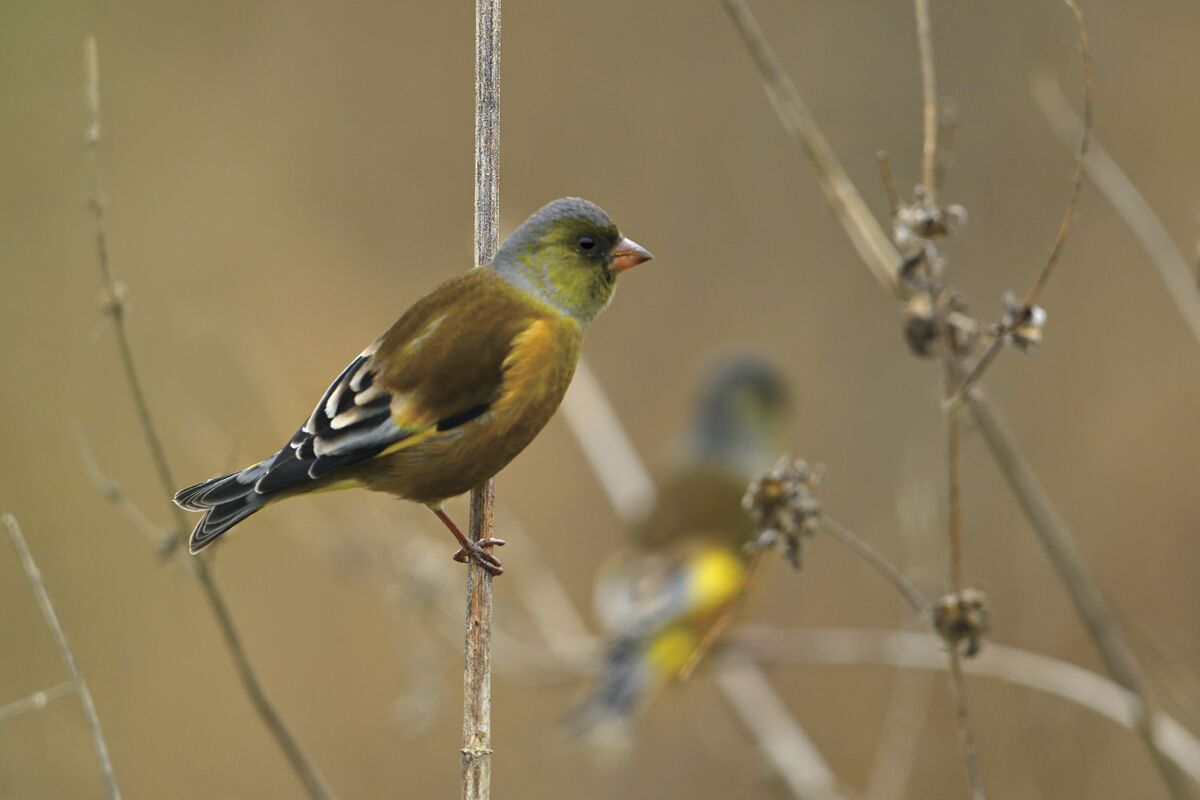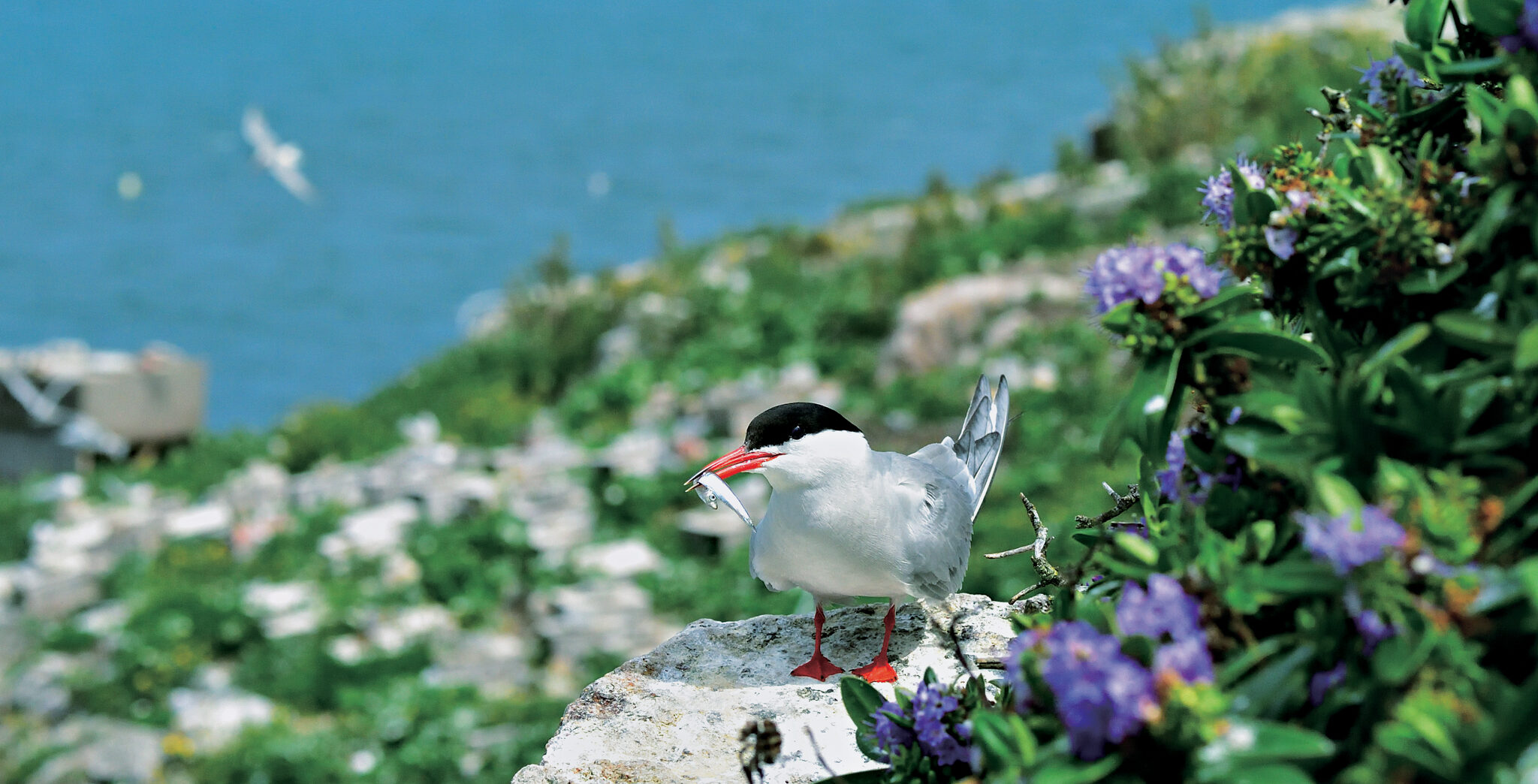Flocking White-cheeked Starlings: the challenges of coexistence
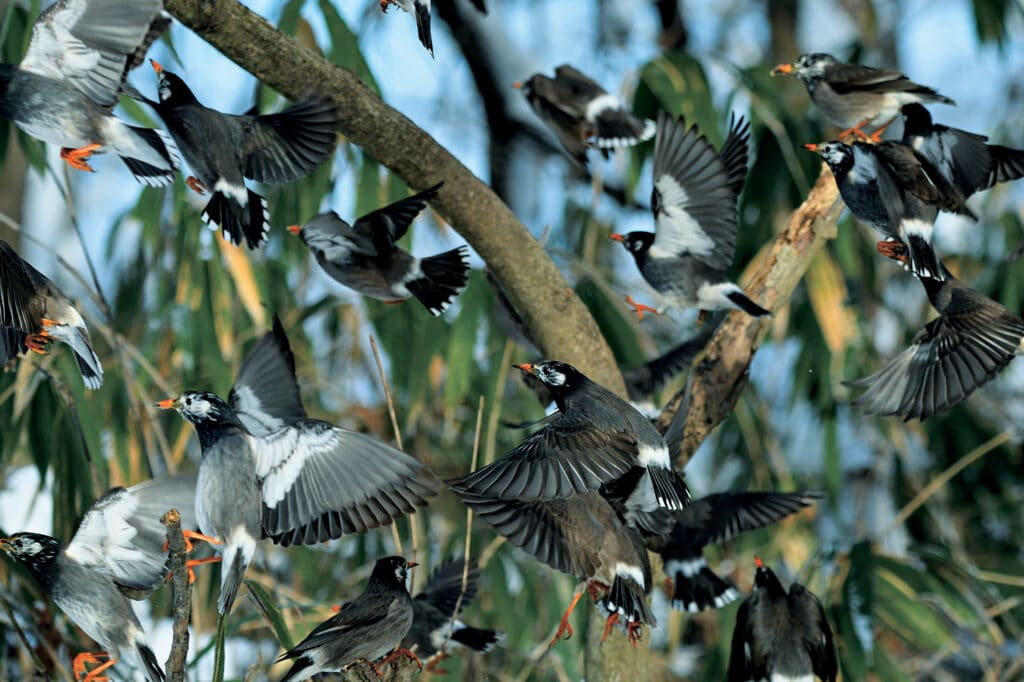
White-cheeked Starlings have a long association with human society in Japan, however this relationship has become strained as their large flocks increasingly roost within cities. Discover more about the challenges these starlings face in coexisting with humans.
Sometimes, deciding which birds to introduce to you, and when to do so, is difficult. The decision is easier when a species has a fixed migration season, but deciding on the best time is more challenging for species like the White-cheeked Starling, which is resident here in Japan and can be seen all year round. On that note, I have decided to introduce it in this article. In my favorite saijiki, [a chronicle used in Japan to discover the symbolism of words written in Haiku poetry] the White-cheeked Starling, or mukudori in Japanese, is a seasonal word for autumn and a beneficial bird. However, they have recently become hated by many in cities across Japan, where they are often thought of as pests. I would therefore like to write about this issue and the ways we can coexist with them.
White-cheeked Starlings are familiar birds to people across Japan and their association with human life dates back to ancient times. In the spring, summer and autumn, they feed mainly on insects and earthworms, making them beneficial to humans. From late autumn to winter, as insects and other food sources become unavailable, their diets shift towards fruit. This has led to them sometimes being labeled as pests, given their fondness for commonly harvested fruits such as persimmons and apples. This label, however, is somewhat unfortunate and misleading because they do not become fully-fledged fruit-eaters until the harvest season is over. What they mainly eat are in fact persimmons left on trees and already-fallen apples.
Text and images by HIH Princess Takamado
English translation of an article originally featured in ‘Through the Lens’, Fujingaho Magazine, June 2022
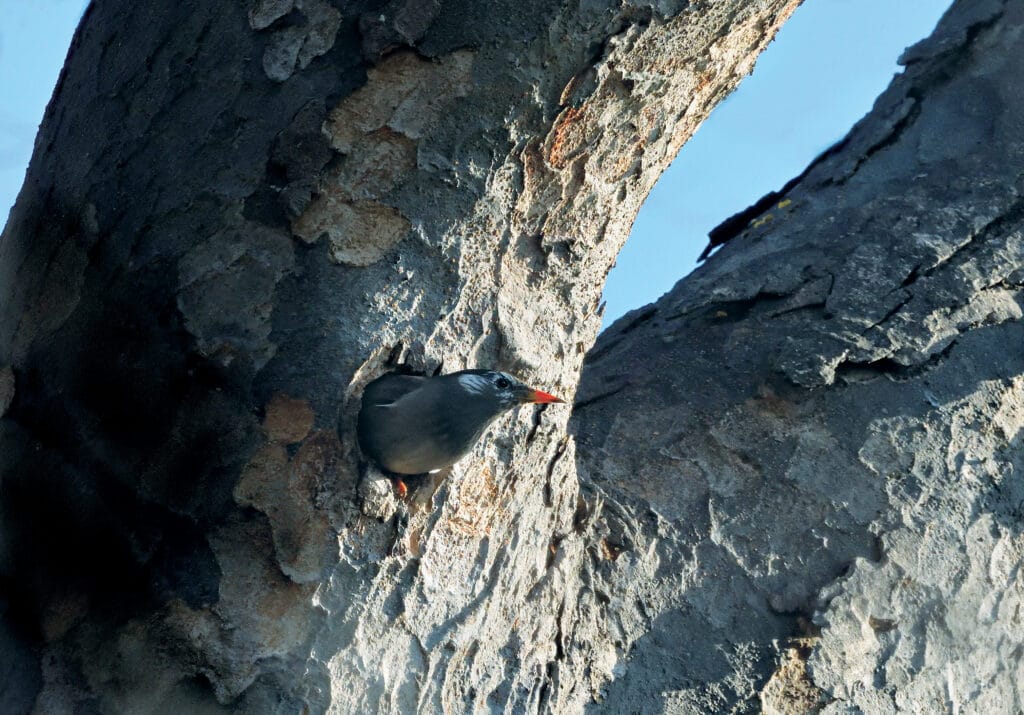
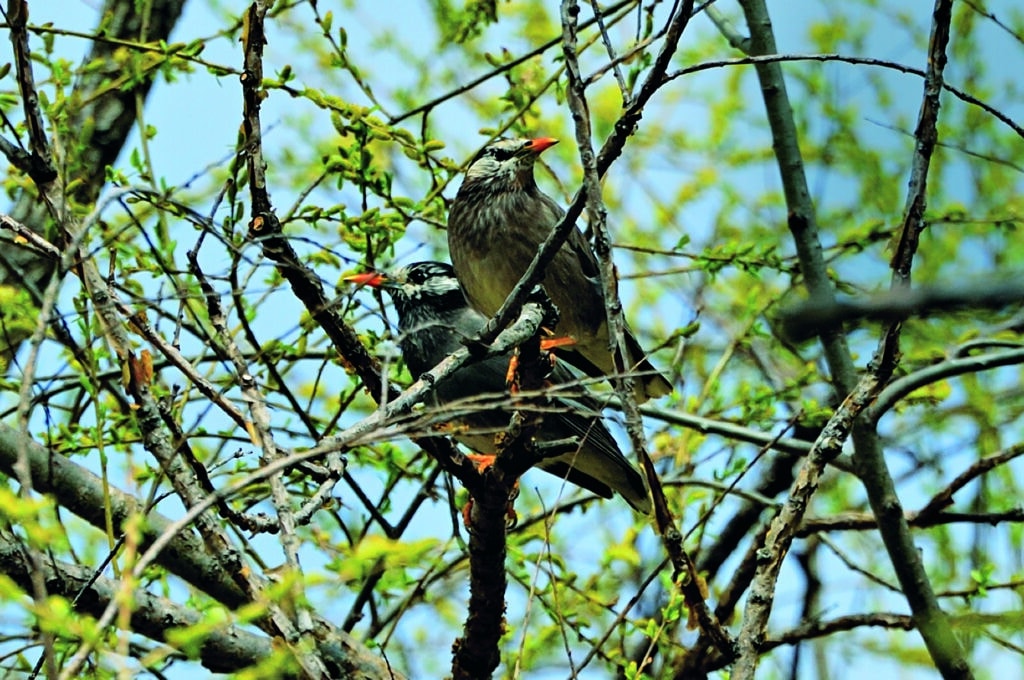
Another reason for the White-cheeked Starling’s negative image is their flocking habits. During their spring breeding season, White-cheeked Starlings raise their chicks dispersedly and in pairs. When the breeding season finishes in late July, however, they spend the rest of the year in flocks, gathering on farmlands and riverbanks during the day before roosting in large groups in the evening. In the autumn and winter, the number of birds in these flocks can reach the tens of thousands, and the sight of these huge flocks flying over their evening roosts resembles that of a school of sardines swimming through the water, rapidly switching direction all at once.
White-cheeked Starlings used to collectively roost in the suburbs but have increasingly begun to take residence within cities, including downtown areas such as in front of train stations. As a result, roads under their roosts are littered with their droppings and shed feathers. They are also extremely loud when entering and leaving their roosts, which causes further disturbance. Many people also find the sight of their flocks circling the evening skies of city centers eerie.
I once saw a large group of White-cheeked Starlings roosting in a rural woodland, and it was a spectacular sight. Being in the great outdoors and hearing the fluttering wings and chirps of tens of thousands of birds was like being surrounded by the rumblings of the earth. Out there, I was able to comfortably say things like “communication is important”, but it would be a completely different story if this was happening every day in the vicinity of my home.
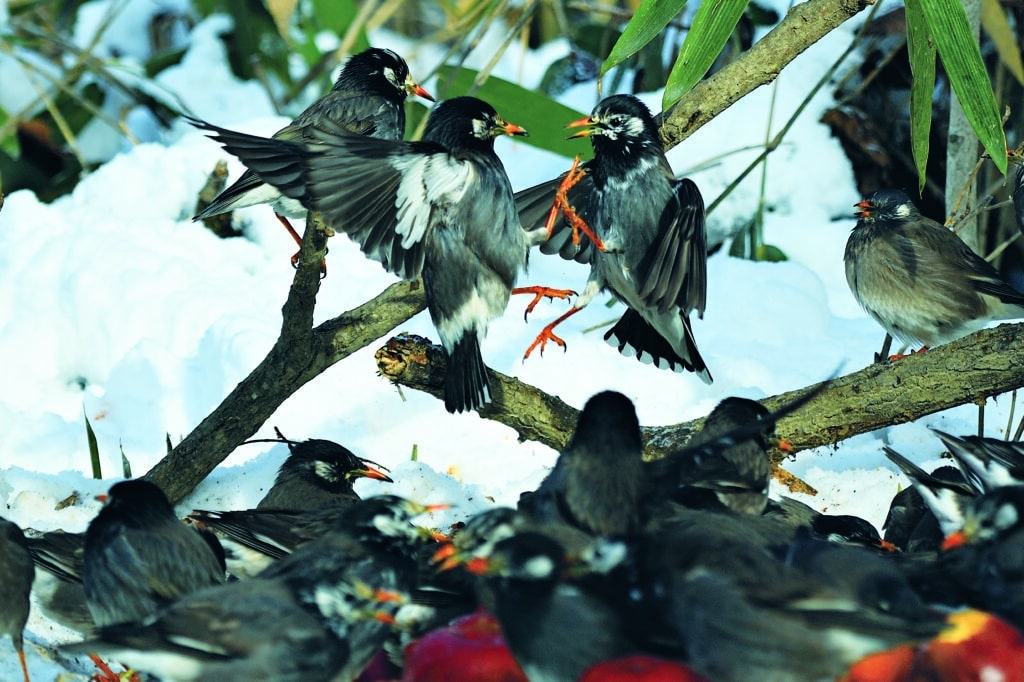
Although White-cheeked Starlings have long thrived by relying in part on human communities, they have also maintained a reasonable distance from people. But they are now no longer afraid of people. Rather than roosting in the suburbs, they have learnt that urban areas can be beneficial, as there is light all night and a constant flow of people and cars, protecting them from nocturnal owls and other natural predators. However, flocks of wild birds living amongst people can bring its challenges. Before the starlings become even more unwelcome, I hope they will again learn that the suburbs are safer, more secure places to spend the night.
The large flock of White-cheeked Starlings we saw in the autumn was a symbol of the richness of the village. Someday, I hope to see them again, in the great outdoors, their great flocks filling the dusk sky and the excitement of those magical sounds. I hope that one day we will all once again feel that White-cheeked Starlings are something to be thankful for. Whether it is a bird or a person, I believe that the ability to think of others is the ideal way to coexist.
More from Princess Takamodo:
Stay up to date
Sign up to receive the latest bird conservation news. You’ll also receive updates about our projects, science and other ways to get involved including fundraising.
Thank you for your support, we are committed to protecting your personal information and privacy. For more information on how we use your data, please see our Privacy Policy. You can unsubscribe from emails at any time by using the link in the footer of any email from us.


